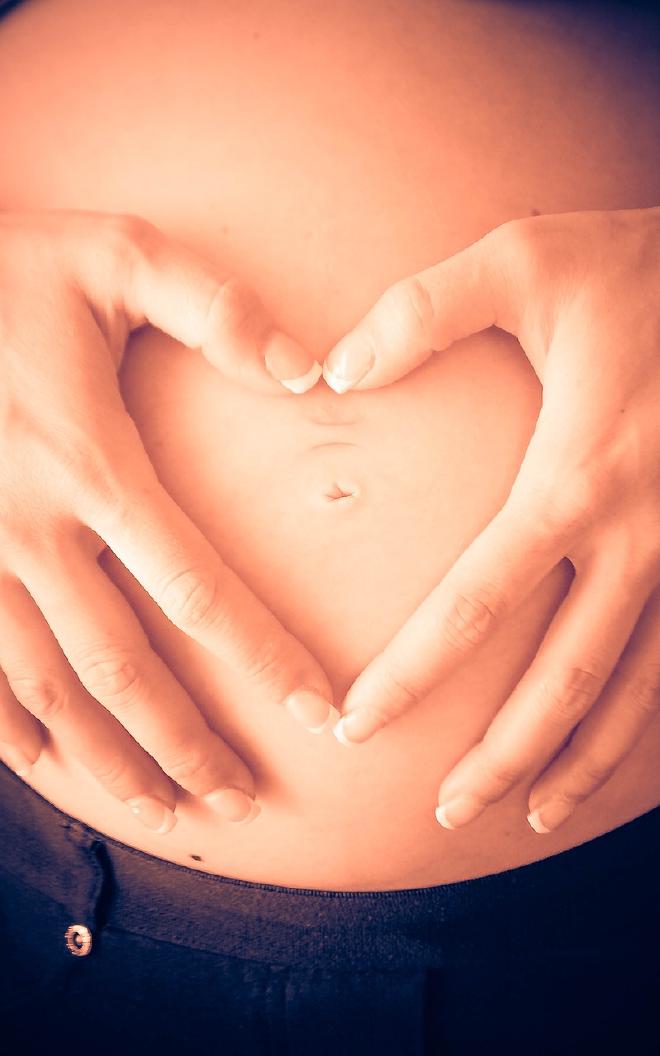

Dr Wen-Jing Wang, an associate researcher at BGI Research in Shenzhen, China, together with team leader Professor Chemming Xu from the Obstetrics and Gynaecology Hospital of Fudan University, Shanghai, China, and colleagues analysed blood plasma samples from 851 pregnancies (299 PTB cases and 552 controls) at about 16 weeks gestation to identify cfRNA markers associated with spontaneous PTB, and found significant alterations in cfRNA between PTB and birth at term. The study included both preterm births with intact membranes and premature rupture of membranes (when the waters break before labour starts), with fewer than 3% having a prior preterm birth.
“Being able to detect these predictive signals over four months suggests early biological priming for PTB, far earlier than current clinical recognition,” she said. “This extended window could revolutionise prevention strategies.”
“Practically, our method uses the same blood draw timing as routine Non-Invasive Prenatal Testing (NIPT), enabling dual testing. Current cfRNA sequencing costs are similar to NIPT pricing, but future optimisation using targeted qRT-PCR panels could reduce expenses significantly. This creates a potential route to both monitoring patients at high risk and for wider population-level screening,” said Dr Wang.
Unlike static DNA or immune-focused cellular biomarkers, circulating RNA can provide dynamic, tissue-specific insights. The researchers say that they have already observed distinct patterns – infection and inflammation signatures in preterm cases with rupture of the membranes as opposed to dysregulation of metabolism and trophoblasts1 in intact membrane cases, and that these findings were corroborated by clinical parameters. “The liquid biopsy approach could transform our understanding and management of pregnancy complications,” pointed Dr Wang.
Prediction algorithms need to be developed in diverse population studies, and the causes of different PTB subtypes explored to be able to guide targeted interventions. The team is pursuing these goals and seeking to collaborate with other institutions in order to accelerate the use of their findings in clinical practice.
Chair of the conference Professor Alexandre Reymond said: “Advances in sequencing and analysis technologies are now offering many new diagnostic possibilities. This is a fascinating example of the use of sequencing readouts to evaluate risk, rather than assessing genetic background to assess predisposition.”
Funding #
This work was supported by the National Key R&D Program (2023YFC2705600), National Natural Science Foundation of China (81901495) and Science, Technology and Innovation Commission of Shenzhen Municipality (JCYJ20170412152854656).
This material was provided by the European Society of Human Genetics
Footnotes #
-
Trophoblasts are cells forming the outer layer of a blastocyst, which provides nutrients to the embryo, and develops into a large part of the placenta. They are formed during the first stage of pregnancy and are the first cells to differentiate from the fertilized egg. ↩︎

